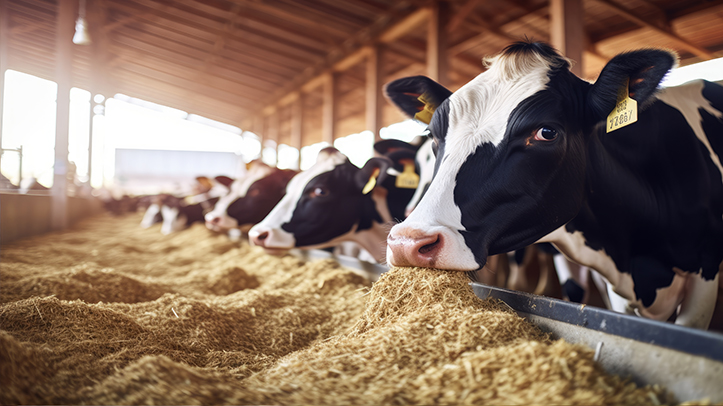SQPs should start discussing autumn parasite control with their beef and dairy clients ahead of housing, with recent warm and wet weather exposing cattle to high worm burdens and fluke challenges difficult to predict.
SQP Mark Pass from Beeston Animal Health said he has seen heifer growth rates compromised by parasites this summer, especially where little monitoring has been done. He says housing is the perfect time to start planning what products to use for parasites in cattle.
“The immediate concern is those animals protected throughout the summer with a long-acting product that is now running out. They are at risk, so between now and housing, they need careful monitoring for weight gain, FEC and signs of disease, grazed on clean pasture and, when necessary, treated with the most appropriate product.”
Attention must then be payed to protecting stock at housing to ensure cattle health, growth and production aren’t compromised over winter.
Mr Pass continued: “To get the most effective control, planning is essential. Talk to your clients and see if they are doing any testing, such as bulk milk Elisa, conducting faecal egg counts, coproantigen tests for fluke or using abattoir data, and if not, suggest doing some together.
“Once you have an idea of the risks, you can work with your clients to plan. For this, it’s important to understand what your clients want to achieve, when they are housing and what pasture type they have to help build the bigger picture of parasite control.”
Mr Pass added: “When dealing with a mixed worm and fluke burden in beef animals, consider a combination product, which will kill gutworms, lungworm, fluke and lice and mange.
“Products need to be used at the correct time for the most effective use, and if using it before housing, a further flukicide may need to be used after housing to ensure all life stages of fluke are removed.”
Patricia van Veen from Zoetis emphasised the importance of SQPs planning parasite control with their clients ahead of the other challenges at housing.
She said: “CYDECTIN TriclaMox Pour-On is one option for parasite control in beef animals at housing, where there are mixed worm and fluke burdens. It contains moxidectin and triclabendazole in a convenient rain-fast pour-on formulation. The potent moxidectin will treat stomach worms as well as controlling chewing and sucking lice. The triclabendazole gives a good spectrum of activity against late immature and adult fluke.
“However, if fluke is not an issue and in dairy heifers, a 3-ML wormer, such as CYDECTIN Pour-on, which contains moxidectin in that same convenient rain-fast pour-on formulation, can be used to manage stomach worm and lungworm as well as lice. It has a persistent effect of five weeks for Ostertagia and six weeks for lungworm, so can be used before housing.”
Mr Pass also reminds SQPs not to forget about lungworm, a parasite that can result in quite rapid death when signs first appear.
“From picking up lungworm infection to seeing clinical signs such as coughing in cattle can be as little as 8 to 10 days post-infection,” Mr Pass said. “In case of a really heavy challenge, the time from coughing to death can be a matter of a few days in first grazing animals.
“At this stage, lungworm larvae are not visible in the dung, but damage to the lungs can already be extensive. It is important for farmers to check animals at the first sign of coughing at this time of the year and treat them with an appropriate product before moving them away from the risk of ongoing heavy lungworm challenge. By treating stock for lungworm before housing, you can reduce lungworm-associated pneumonia and stress at housing.”


